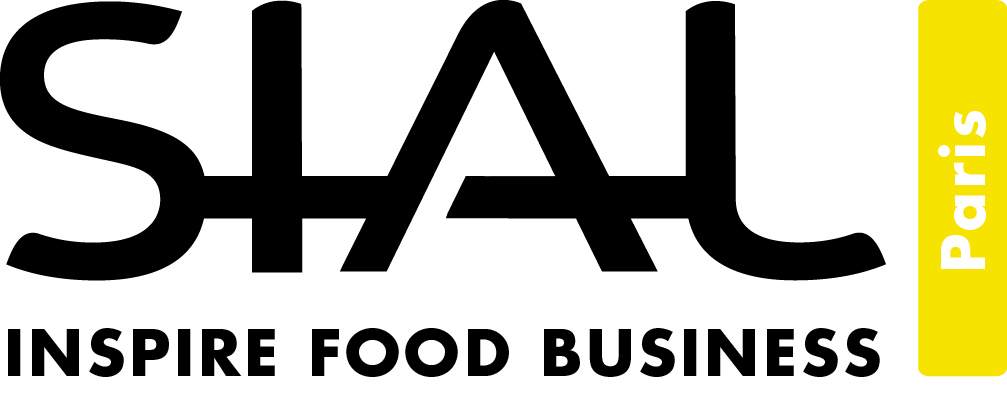The SIAL Daily spoke with Nicolas Trentesaux, Managing Director of the SIAL Network for Comexposium, about this year’s exceptional edition of the show
The Managing Director explored the beginnings of SIAL Paris, how the show has continued to grow and expand over the years and what visitors and exhibitors can expect from this special anniversary.
SIAL Paris is celebrating 60 years with this edition—what are some of the key milestones that have shaped the show’s success over the past six decades? Why does it continue to remain such a relevant part of the industry landscape?
I think it’s important to remind everyone that right from the beginning, SIAL Paris was designed as an import-export show. The idea at the time was that there were some countries in Europe that had excess production from agriculture and they wanted to find the countries who needed to import more. In 1964, there were 27 countries who took part in the exhibition. Buyers came from all over the world. At the time the show was really promoted by the French Minister of Agriculture, and he also created the Salon international de l’agriculture (the International Agriculture Show) so both shows are turning 60 this year.
A show as global as SIAL Paris is very interesting because in just a few days you can meet everybody in the world looking at food. This makes it very, very efficient as a meeting place.
Over the years, the show has been growing consistently, and we have now reached about 127 exhibiting countries. The meaning of the show is even more important today because of the growing population worldwide. There are increasing needs for some countries to import products and for others to export. If we look to the future, we know we’re going to reach 10 billion people on the planet sooner or later. And there will be an increasing demand for food exchange. This is why organising a show as global as SIAL Paris is very interesting because you can come and in just a few days you can meet everybody in the world looking at food. This makes it very, very efficient as a meeting place.
At SIAL Paris, you will not only find opportunities to do business, but also a lot of content because we are aware that there are many smaller companies attending, and we try to explain how the market is evolving, the consumer trends, and raise awareness about the food challenges we’re all facing, aka how are we going to actually feed 10 million people? How can you be more sustainable and change the way you do business today? This is quite an important part of the show.
Then the third dimension of the show is about meeting people. Everybody’s coming to Paris, if you want to meet someone from the industry, they will be at SIAL Paris.
What unique role does SIAL Paris play within the greater SIAL Network across the world?
It’s really the mother show, the global event. If you look at Paris, French exhibitors represent less than 10%. It’s happening in France, but it’s a very global show. About 60% of exhibitors are European and 40% are non-European. And if we look at the visitor side, again, we have about 20% of French visitors, while 80% are international. It’s a global hub while the other shows are more regional. This means that at the other shows you will also find a lot of international exhibitors, but the focus of the visitorship will be more in the region where the show is taking place.
What are some of the highlights that exhibitors and visitors can expect at this year’s SIAL Paris?
It’s going to be the biggest SIAL ever, both in terms of the number of exhibitors and the number of products showcased. To give you an idea, the show will be more or less the size of a hundred supermarkets put together, so about 270,000 gross square metres, showcasing more than 400,000 products.
The first thing people should expect is to discover all kinds of food varieties from across the planet. This year will also be special because we are celebrating the 60th anniversary. There will be a lot of conviviality around the show, including a big party celebration on the Sunday night.
We are also taking content a step further this year by organising a SIAL Summit series around the topics of CSR, deeptech & AI, the food supply chain and food in Africa.
What do consumers want? Quality products that are affordable and sustainable
After many years of strong consumer focus on health and quality, Nicolas Trentesaux affirmed that pleasure is clearly taking the lead again: “Food is pleasure, food is comfort. You want to treat yourself, You want to treat your family and close friends. You want to share an emotional experience.” At the same time, consumers are paying close attention to what they are cooking and eating, up to and including the CSR impact of their consumption. Mr Trentesaux underlined that consumers want to help contribute to sustainability “because they are aware of the impact of their own consumption” but they want affordability as well.
Due to economic tensions and strong price inflation, the premium organic market is suffering: in the short term, consumers are prioritising more affordable products. Nicolas Trentesaux highlighted that in the long term, however, the trend for better quality products is “strongly anchored”: “Once inflation is back under control, we expect consumers to redirect their purchases towards higher quality food—probably less food in terms of quantity, but better in terms of quality.”
Photo: © Pascal Montary
